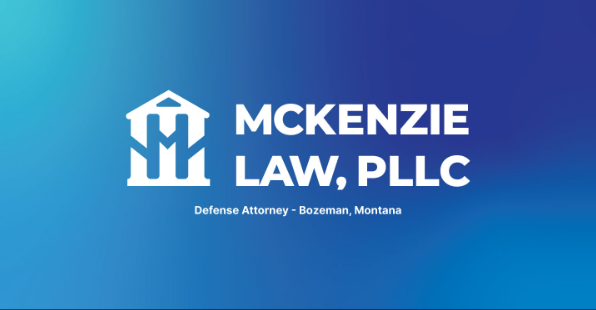Everything you need to know about DUI Checkpoints
DUI checkpoints, also known as sobriety checkpoints, are temporary roadblocks to identify and apprehend impaired drivers. Their primary goal is to deter drunk driving and enhance public safety. The US Supreme Court ruled in 1990 (Michigan vs Sitz) that DUI checkpoints are legal under federal law, as the government’s interest in preventing drunk driving outweighs the brief intrusion on motorists. However, the legality of DUI checkpoints varies by state. Most states (including Montana) permit them. The three states that have banned them through state constitutions or statutes is Texas, Wisconsin and Iowa. Nevertheless, because Montana permits checkpoints, let’s take a look at what you need to know.
Checkpoint Operations
Setup and Location
Typically set up in areas with a history of DUI incidents or high traffic volume.
Often conducted during peak drinking hours, weekends or holidays.
Vehicle Selection
Vehicles are stopped at random intervals, usually every few cars.
A neutral selection criterion is used (e.g., stopping every fourth car) to avoid profiling.
Initial Interaction
Officers ask for driver’s license, vehicle registration, and proof of insurance.
They may question drivers about alcohol consumption.
Officers look for signs of impairment such as slurred speech, smell of alcohol, or bloodshot eyes.
Testing Procedures
If signs of impairment are detected, officers may:
Ask the driver to perform field sobriety tests.
Request a breathalyzer test.
In cases of suspected drug impairment, specially trained Drug Recognition Experts (DRE) may be called in.
Legal Rights and Responsibilities
Drivers have the following rights:
Right to remain silent and not answer questions about alcohol consumption.
Right to refuse field sobriety tests and preliminary breath tests.
Right to request an attorney if detained or arrested.
However, drivers must:
Provide license, registration, and proof of insurance when asked.
Comply with lawful requests, such as stepping out of the vehicle if asked.
Consequences and Effectiveness
Refusing Tests
May result in immediate consequences like license suspension due to “implied consent” laws.
Avoiding Checkpoints
Legal evasion (e.g., making a U-turn) is allowed buy may attract police attention.
Illegal evasion can lead to additional charges.
Impact on Safety
Studies show that DUI checkpoints can significantly reduce alcohol-related accidents and fatalities.
Announcing checkpoints in advance can enhance their deterrent effect.
Legal Challenges and Controversies
Some argue that DUI checkpoints violate Fourth Amendment protections against unreasonable searches and seizures.
Courts have generally upheld their legality due to public safety benefits.
State-Specific Considerations
Rules and frequency of checkpoints vary by state.
States like California, Florida, and New York frequently conduct checkpoints.
Some states (not Montana) require public notice of checkpoint locations and times.
Understanding these aspects of DUI checkpoints can help drivers navigate them appropriately while being aware of their rights and obligations.

